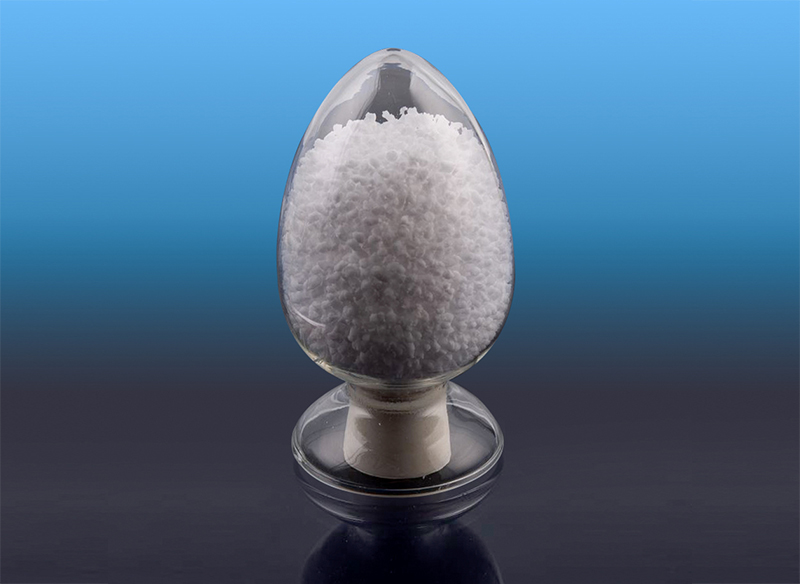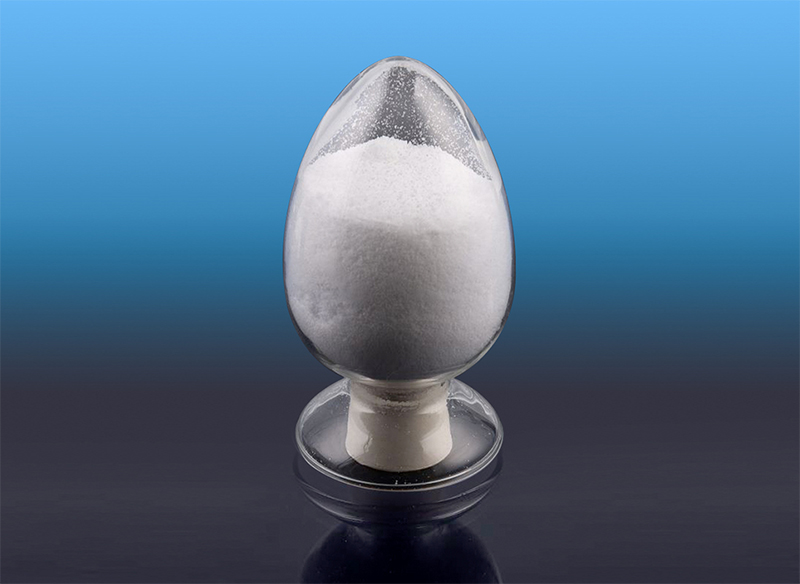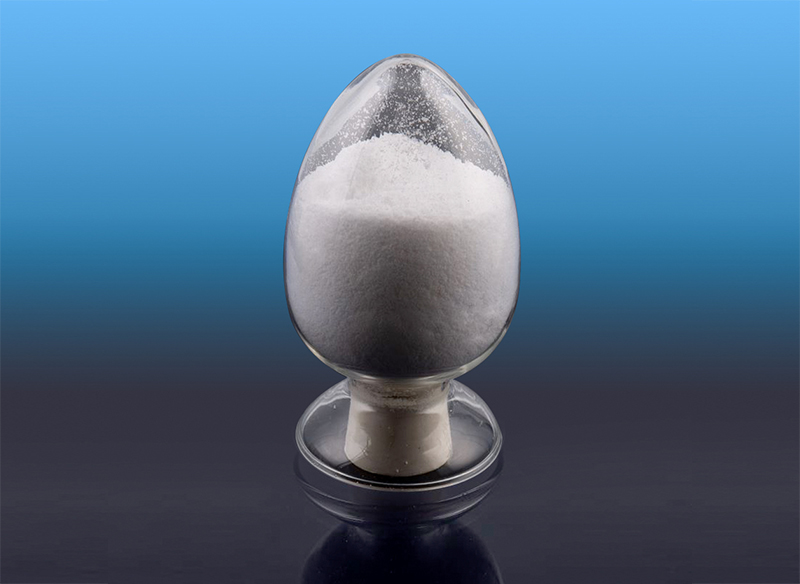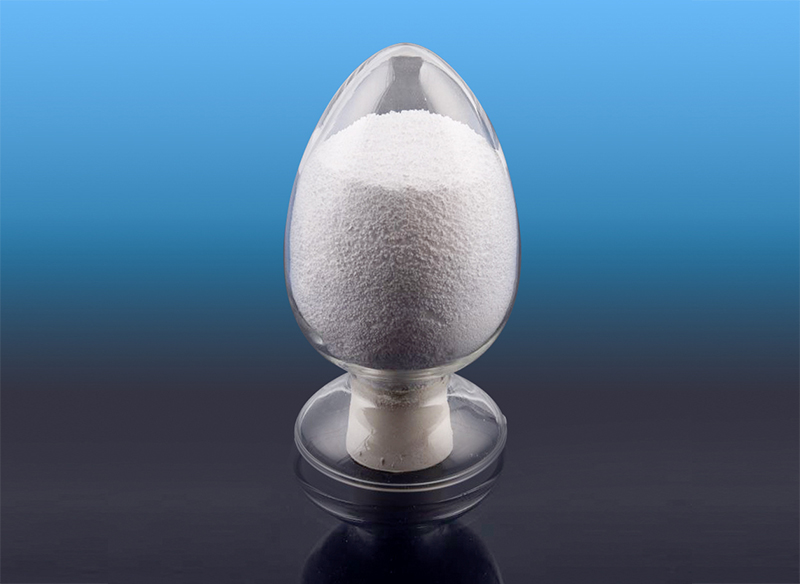How does SBC behave when blended with other polymers or additives?
When Styrene-Butadiene Block Copolymer (SBC) is blended with other polymers or additives, its behavior and performance can change significantly, depending on the type and proportion of the materials used. Here’s a detailed explanation:
1. Compatibility with Other Polymers
- SBC is a thermoplastic elastomer, which means it has both rigid styrene domains and flexible butadiene domains. This structure allows it to be blended with other thermoplastics, such as polypropylene (PP), polyethylene (PE), or polystyrene (PS).
- When blended with compatible polymers, the resulting material can combine the desirable properties of both components. For example, blending SBC with PS can enhance rigidity and processability, while maintaining flexibility and impact resistance from the SBC.
- Incompatible blends may lead to phase separation, causing poor mechanical performance, uneven texture, or reduced clarity in transparent applications.
2. Effect of Fillers and Reinforcements
- Adding fillers like carbon black, silica, or calcium carbonate can increase mechanical strength, hardness, and abrasion resistance.
- The dispersion of the filler within the SBC matrix is critical; well-dispersed fillers improve properties uniformly, while poor dispersion can create weak points in the material.
3. Plasticizers and Softening Agents
- Incorporating plasticizers or oils can make SBC softer and more flexible, which is useful in applications like adhesives, sealants, or flexible films.
- Excessive plasticizer, however, may reduce tensile strength, heat resistance, and dimensional stability.
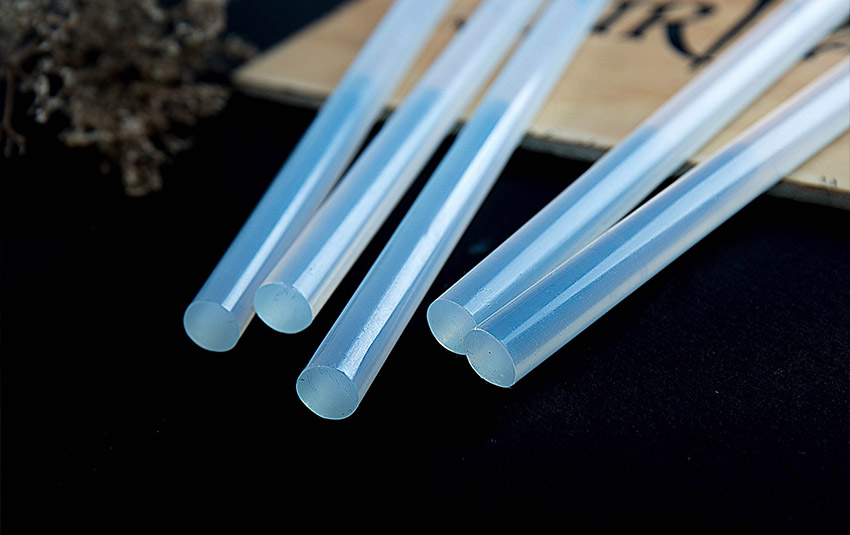
4. Impact on Thermal Properties
- Blending SBC with other polymers or additives can alter thermal behavior, including the glass transition temperature (Tg) and melting point.
- For example, adding high-melting-point polymers can increase heat resistance, making SBC suitable for slightly higher-temperature applications. Conversely, adding softening agents may lower the Tg and make the material more flexible at low temperatures.
5. Optical and Surface Properties
- Additives such as clarifying agents, UV stabilizers, or colorants can improve appearance, UV stability, and weather resistance.
- Blends with certain polymers may also influence surface gloss, transparency, and smoothness, important for packaging or consumer products.
6. Processing Behavior
- SBC blends often show improved processability in extrusion, injection molding, or thermoforming compared to pure SBC.
- Additives can affect melt viscosity, flow characteristics, and cooling behavior, which must be adjusted during manufacturing to achieve consistent results.
7. Application-Specific Enhancements
- Adhesives and sealants: Blending SBC with tackifiers or resins enhances adhesive strength and bonding to different substrates.
- Films and packaging: Blending with PE or PP can improve toughness, tear resistance, and sealing properties.
- Medical or consumer products: Adding stabilizers or softeners can improve durability, flexibility, and comfort without compromising safety.
Summary:
Blending SBC with other polymers or additives allows manufacturers to tailor its mechanical, thermal, and surface properties for specific applications. By carefully selecting compatible polymers, fillers, plasticizers, and stabilizers, SBC can be engineered to balance flexibility, strength, processability, and appearance, making it highly versatile in industries ranging from packaging and adhesives to consumer goods and medical devices.

